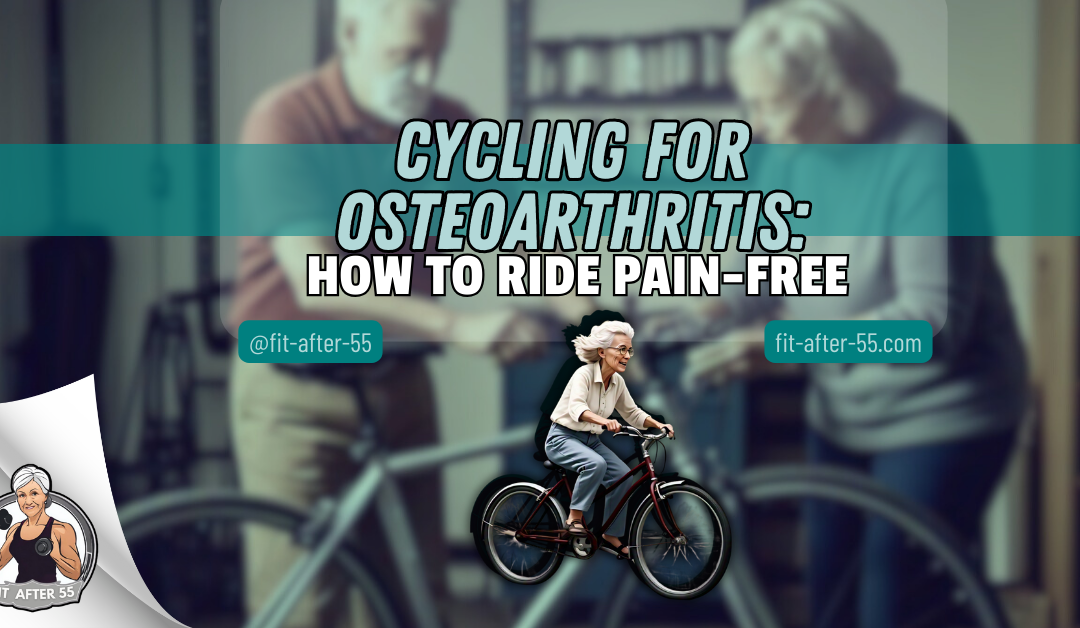Cycling for osteoarthritis can be a great way to manage the discomfort and stiffness that comes with this condition, whether it’s caused by aging, repetitive strain, or even genetics. I’ve seen firsthand how older friends and family members who suffer from osteoarthritis have found relief and improvement through regular biking. It’s not just about staying active—it’s about finding something that’s gentle on the joints, yet effective in easing pain. Curious about how cycling could help you or a loved one? I did a bit of research and found that it’s not only a fun way to stay fit but also an effective remedy for managing osteoarthritis. Keep reading to find out how you can get started on your own journey to relief!
Cycling for Osteoarthritis: Joint-Friendly Tips
Cycling can be a great way to stay active if you have osteoarthritis. It’s low-impact and easy on your joints. Riding a bike can help reduce pain and stiffness while improving your overall fitness.

You might worry that cycling will hurt your joints. But with the right setup and approach, you can pedal pain-free. This article will show you how to get started safely and comfortably.
We’ll cover tips for choosing the right bike, adjusting your riding position, and building strength. You’ll learn how to make cycling a fun and beneficial part of your routine.
Key Takeaways
- Cycling is a joint-friendly exercise that can ease osteoarthritis symptoms
- Proper bike setup and riding techniques help prevent pain and discomfort
- Regular cycling can improve your fitness, mobility, and quality of life
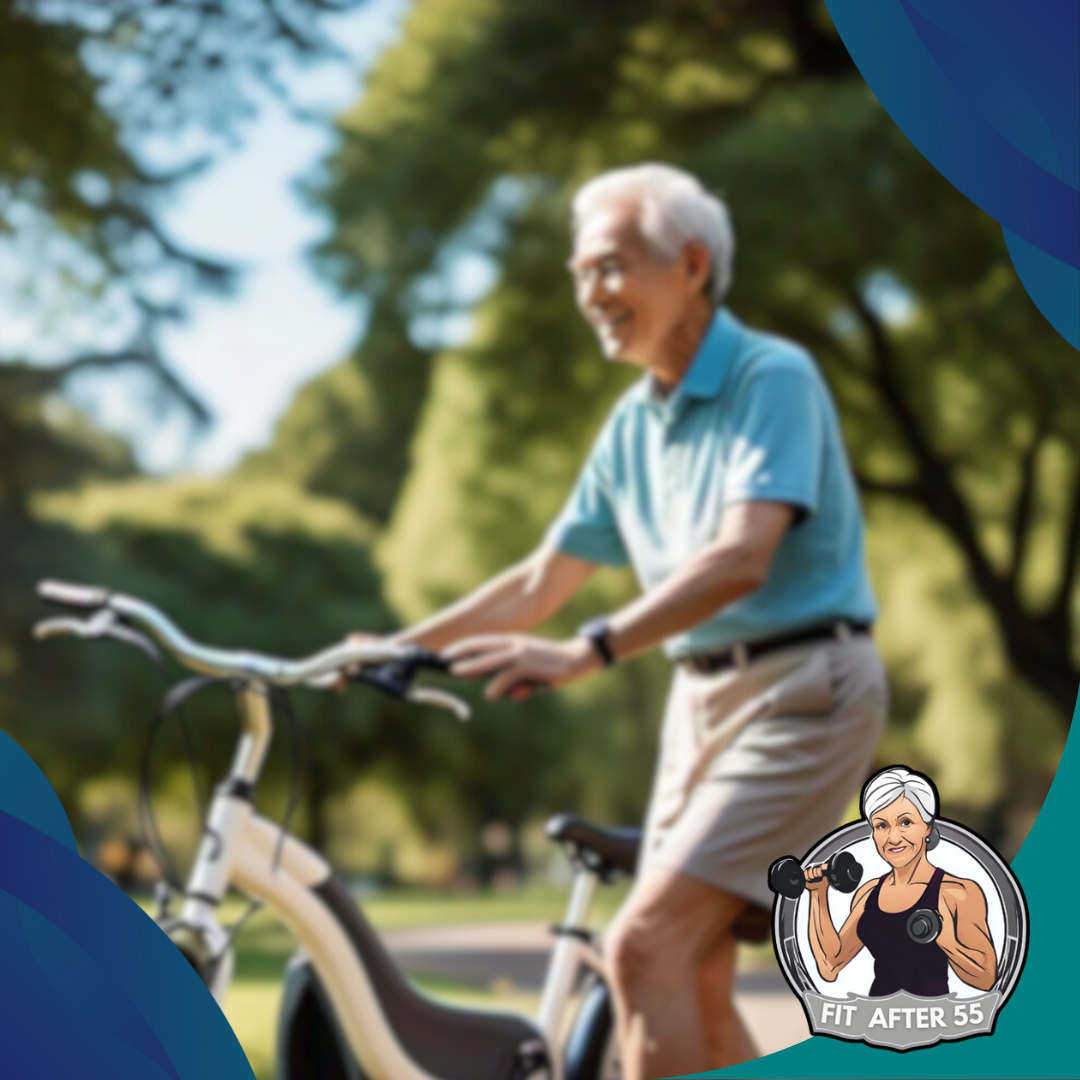
Understanding Osteoarthritis

Osteoarthritis affects millions of people worldwide. It causes joint pain and stiffness that can make daily activities hard. Learning about this condition can help you manage symptoms and stay active.
Osteoarthritis Basics
Osteoarthritis is a joint disease that breaks down cartilage. Cartilage is the slippery tissue that covers the ends of bones in your joints. As it wears away, bones rub together. This causes pain, swelling, and less range of motion.
The most common joints affected are:
- Knees
- Hips
- Hands
- Lower back
Osteoarthritis gets worse over time. There’s no cure, but treatments can ease pain and help you move better.
Causes and Risk Factors
Many things can raise your risk of osteoarthritis. Some you can’t change, like:
- Age (risk goes up after 45)
- Gender (women are more likely to get it)
- Genetics
Other risk factors you might control:
- Being overweight
- Joint injuries
- Overuse from repetitive movements
Jobs that put stress on joints can also lead to osteoarthritis. Examples include construction work or professional sports.
Symptoms and Diagnosis
Common signs of osteoarthritis include:
- Joint pain that gets worse with activity
- Stiffness, especially in the morning
- Swelling around joints
- Grating sound when you move the joint
- Less flexibility
Your doctor will check your symptoms and medical history. They may order X-rays to see joint damage. Blood tests can rule out other types of arthritis.
Early diagnosis helps you start treatment sooner. This can slow down joint damage and keep you moving comfortably.
Benefits of Cycling for Joint Health

Cycling can really help your joints stay healthy. It’s gentle on your body and can make you stronger. Let’s look at how biking can improve your joints.
Low-Impact Exercise
Cycling is easy on your joints. When you pedal, your legs move in smooth circles. This means less stress on your knees, hips, and ankles. You don’t pound the ground like in running.
Biking lets you exercise without hurting your joints. It’s great if you have sore or stiff joints. You can work out longer without pain.
Swimming and cycling are both low-impact. But biking lets you move more and burn more calories. It’s a good choice for staying fit with joint issues.
Improving Joint Mobility
Regular cycling can help your joints move better. As you pedal, your joints go through their full range of motion. This keeps them flexible and reduces stiffness.
The smooth, repetitive motion of biking lubricates your joints. It’s like oiling a squeaky hinge. Your joints become less creaky and move more easily.
Cycling also improves balance and coordination. This helps you move better in daily life. You might find it easier to climb stairs or get up from chairs.
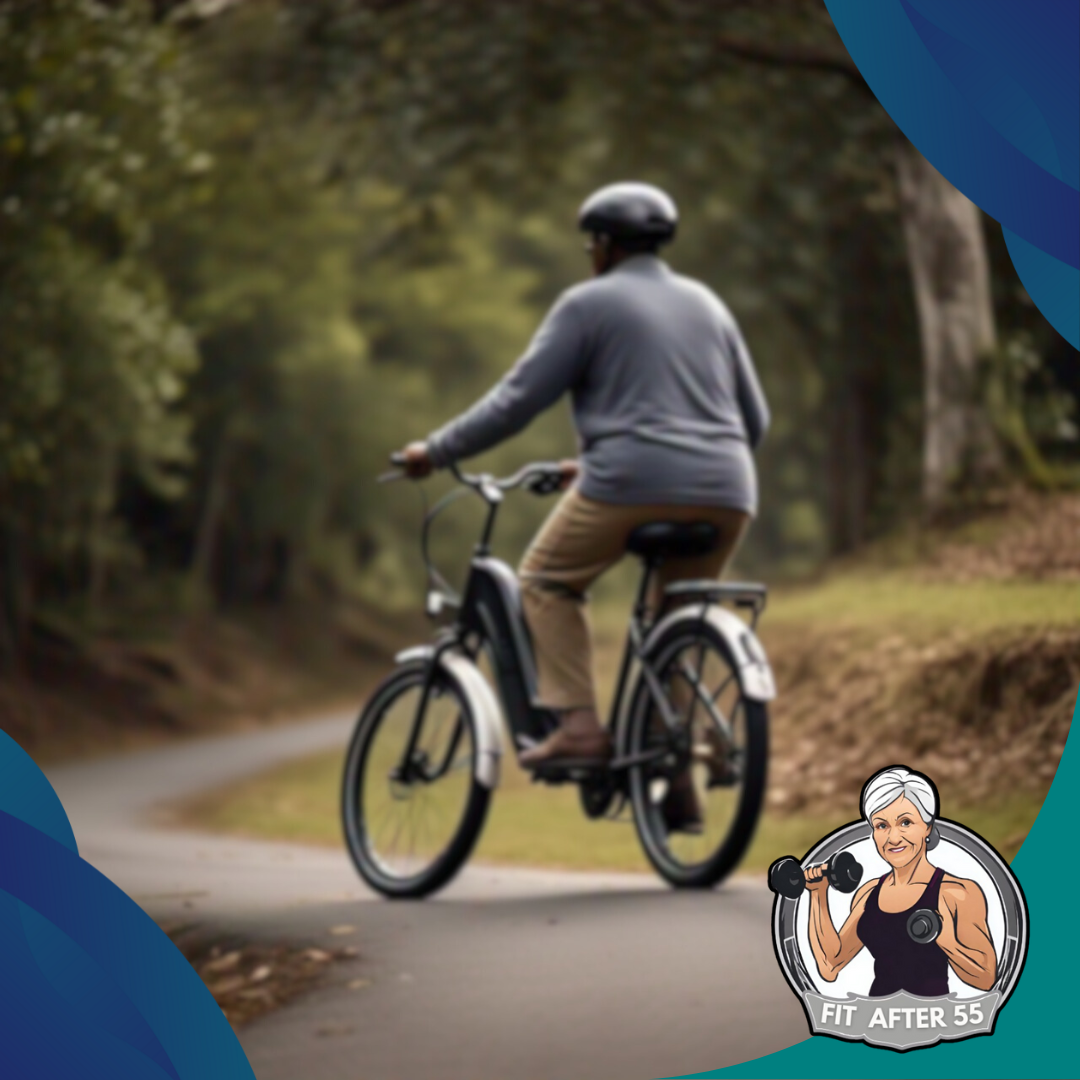
Strengthening Muscles and Tissues
Biking builds strength in your legs and core. Stronger muscles help support and protect your joints. This can reduce pain and prevent further damage.
Cycling works your quads, hamstrings, and calf muscles. It also engages your core for balance. As these muscles get stronger, they take pressure off your joints.
Strong muscles help keep your joints stable. This can slow down wear and tear on your cartilage. Over time, you may notice less joint pain and better function.
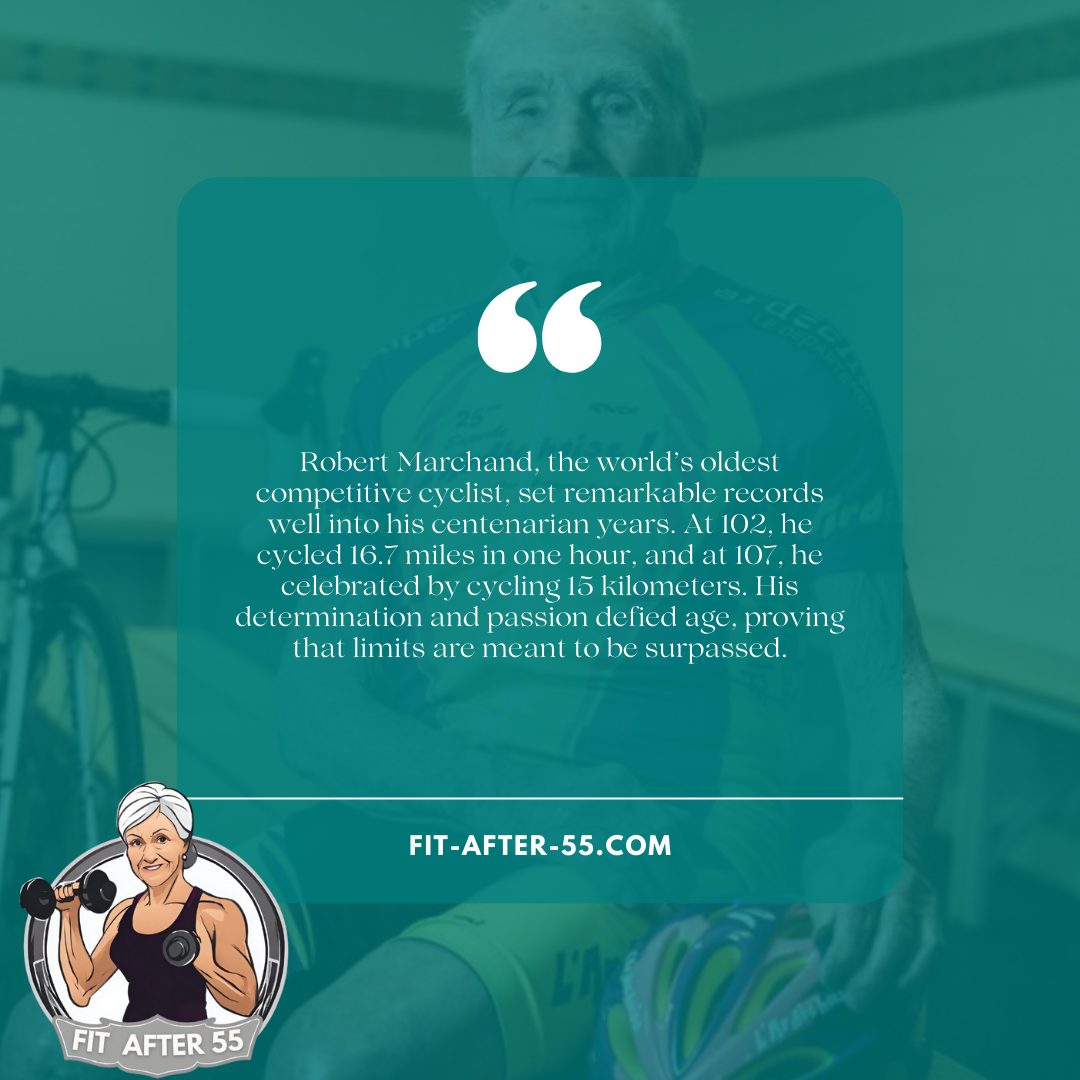
Setting Up for Success

Getting ready for a pain-free bike ride starts with proper equipment and preparation. The right bike, a good fit, and a warm-up routine can make a big difference in your cycling experience.
Choosing the Right Bicycle
Look for a bike that puts less stress on your joints. A recumbent bike or an upright bike with a step-through frame can be easier to mount and dismount. Opt for wider tires to absorb shocks better.
Electric bikes are great if you need extra help on hills or long rides. They reduce strain on your knees and hips. Test ride different types to see what feels best for you.
Consider comfort features like padded seats and shock-absorbing seatposts. These can lessen the impact on your joints during rides.
Adjusting Your Bike to Fit
A well-fitted bike can help prevent pain and improve your ride. Start by setting the right seat height. Your leg should be slightly bent at the bottom of the pedal stroke.
Adjust the handlebars so you don’t have to stretch too far. This reduces stress on your back and shoulders. You might prefer a more upright position to ease pressure on your hands and wrists.
Visit a bike shop for a professional fitting. They can make precise adjustments to match your body and riding style. Small changes can make a big difference in comfort.
Pre-Ride Warm-Up
Before you hop on your bike, take time to warm up your muscles and joints. Start with gentle stretches for your legs, back, and arms. Hold each stretch for about 15-20 seconds.
Try some easy exercises like leg swings or arm circles. These help increase blood flow and loosen up stiff joints. A short walk can also be a good way to get your body ready.
Don’t forget to stay hydrated. Drink water before, during, and after your ride. Proper hydration helps keep your joints lubricated and can reduce pain.
Cycling Techniques and Strategies

Riding a bike with osteoarthritis can be more comfortable when you use the right techniques. These methods can help you pedal smoothly and reduce joint stress.
Cycling: A Powerful Solution for Osteoarthritis
Pace and Cadence
Start slow and build up your speed over time. Aim for a steady pace that feels easy on your joints. Try to keep a higher cadence, which means pedaling faster with less force. This puts less strain on your knees.
A good target is 80-90 rotations per minute. Use your bike’s gears to find a comfortable resistance. Lower gears make pedaling easier but require more rotations. Higher gears offer more resistance but need fewer rotations.
Practice changing gears often to find what works best for you. This helps you adjust to different terrains and keeps your joints moving smoothly.
Riding Posture
Your bike setup and how you sit are key to pain-free cycling. Make sure your seat height is right. When your pedal is at the bottom, your leg should be almost straight with a slight bend in the knee.
Keep your back straight but not stiff. Relax your shoulders and bend your elbows slightly. This posture helps absorb shocks from the road.
Grip the handlebars lightly to reduce strain on your wrists and hands. Change your hand position often to avoid numbness.

Incorporating Rest and Recovery
Listen to your body and take breaks when needed. Short, frequent rides are better than long, tiring ones. Start with 10-15 minute rides and slowly increase as you get stronger.
After riding, gently stretch your legs, back, and arms. This helps prevent stiffness. Use ice on sore joints if needed.
Plan rest days between rides to let your body recover. On these days, try gentle exercises like swimming or walking. This keeps you active without putting too much stress on your joints.
Complementary Activities and Habits

Cycling isn’t the only way to manage osteoarthritis. Other activities and healthy habits can boost your joint health and cycling performance.
Cross-Training Options
Try low-impact exercises to build strength and flexibility. Swimming is easy on your joints while providing a full-body workout. Water aerobics can improve your range of motion and muscle tone.
Yoga helps with balance and flexibility. Start with gentle poses and work up to more challenging ones. Tai chi is another good option for improving balance and reducing stress.
Light weightlifting can strengthen muscles around your joints. This extra support can ease pain and improve stability. Start with low weights and focus on proper form.
Balanced Nutrition
Eat foods that fight inflammation and support joint health. Omega-3 fatty acids, found in fish like salmon, can reduce joint swelling. Add colorful fruits and veggies to your diet for antioxidants.
Calcium and vitamin D are key for strong bones. Dairy products, leafy greens, and fortified foods are good sources. Consider taking supplements if you don’t get enough from food.
Limit sugary and processed foods. They can increase inflammation in your body. Choose whole grains, lean proteins, and healthy fats instead.
Hydration and Joint Health
Drink plenty of water to keep your joints lubricated. Aim for 8 glasses a day, more if you’re cycling or exercising.
Water helps flush out toxins that can cause joint pain. It also keeps your cartilage soft and flexible.
Try adding cucumber or lemon to your water for extra flavor. Herbal teas can be a good option too. Just avoid sugary drinks that can lead to inflammation.
Safety and Injury Prevention

Riding safely and preventing injuries are key to enjoying cycling with osteoarthritis. Proper gear, knowing your limits, and seeking help when needed can keep you pedaling comfortably.
Protective Gear and Accessories
Wear a well-fitting helmet to protect your head. Choose cycling gloves with padding to reduce hand pressure and vibration. Padded shorts can help cushion your sit bones and reduce discomfort.
Use lights and reflective gear when riding in low light. A rearview mirror can help you stay aware of traffic behind you. Consider adding a bell to alert others of your presence.
Equip your bike with wider tires for better stability and shock absorption. Adjust your handlebars and seat for proper posture. This can reduce strain on your joints and back.
Recognizing Pain and Fatigue
Listen to your body while cycling. Stop if you feel sharp or intense pain in your joints. Take breaks during longer rides to rest and stretch.
Watch for signs of fatigue like muscle weakness or trouble focusing. These can increase your risk of falls or accidents. Plan shorter routes at first and gradually build up your endurance.
Pay attention to any swelling or stiffness after rides. If these symptoms last more than a day, you may need to adjust your cycling routine.
When to Consult a Professional
Talk to your doctor before starting a cycling program. They can help you set safe goals based on your condition. Seek medical advice if you experience persistent pain or swelling after rides.
Consider working with a physical therapist. They can teach you specific exercises to support your cycling. A bike fit specialist can help adjust your bike for optimal comfort and efficiency.
If you have trouble getting on or off your bike, consult an occupational therapist. They can suggest adaptations or techniques to make cycling easier and safer for you.
Adapting Cycling as You Age

As you get older, cycling can remain a fun and healthy activity. A few changes to your bike and riding habits can keep you pedaling comfortably for years to come.
Modifications for Comfort
Start by adjusting your bike to fit your changing body. Raise the handlebars for a more upright position. This eases strain on your back and neck.
Try a wider, cushioned saddle to reduce pressure on sensitive areas. Gel-padded gloves can absorb road vibrations and protect your hands.
Switch to lower gears for easier pedaling on hills. Consider adding a mirror to your handlebars or helmet. This helps you stay aware of traffic without twisting your neck.
E-Bikes and Assisted Cycling
E-bikes can be a game-changer as you age. They give you a boost when needed, making longer rides and hills easier.
Many e-bikes offer different levels of assistance. You can choose how much help you want. This lets you still get exercise while reducing joint stress.
E-bikes come in various styles. Some look like regular bikes, while others have step-through frames for easier mounting.
Building a Long-Term Habit
Make cycling a regular part of your routine. Aim for shorter, more frequent rides instead of long, tiring ones.
Join a cycling group for older adults. This adds a social element and keeps you motivated.
Mix up your routes to keep things interesting. Try different paths or neighborhoods each week.
Listen to your body. Take rest days when needed. Gradually increase your distance and time on the bike.
Remember to stretch before and after rides. This helps maintain flexibility and reduces soreness.
Community and Support

Connecting with other cyclists can make riding more fun and help you stay motivated. Local groups and events provide chances to meet people, learn tips, and find new routes.
Joining Cycling Groups
Look for cycling clubs in your area that welcome riders of all levels. Many have special rides for beginners or those with health concerns. You can find groups through bike shops, community centers, or online platforms.
Start with shorter, slower rides and let the group leader know about your osteoarthritis. Cycling groups often share advice on gear, stretches, and pain management. They can also offer encouragement on tough days.
Some clubs have indoor training sessions during bad weather. These can be great for keeping up your fitness when outdoor rides aren’t possible.
Resources and Local Events
Your local bike shop is a good place to start for info on rides and events. They often host workshops on bike maintenance and riding skills. Many shops have bulletin boards with flyers for upcoming rides.
Parks departments sometimes organize group rides or cycling classes. These can be perfect for beginners. Libraries and community centers may have info on cycling resources too.
Online tools like Meetup or Facebook can help you find cycling events near you. Look for charity rides, which are often open to all skill levels and support good causes.
Connecting with Other Riders
Social media platforms let you connect with cyclists in your area. Join local cycling groups on Facebook or follow hashtags on Instagram to see what’s happening nearby.
Cycling forums and apps like Strava can help you find riding buddies with similar speeds and interests. You can share routes, ask for advice, and plan rides together.
Don’t be shy about talking to other riders you see out and about. Many cyclists are happy to chat and share tips. You might make new friends who understand your cycling journey.
Taking the Next Step

Ready to start cycling with osteoarthritis? Here are some practical steps to get you rolling:
- Talk to your doctor: Get the green light from your healthcare provider before beginning.
- Find the right bike: Visit a local bike shop for a proper fitting. Consider an e-bike for extra support.
- Gear up: Invest in padded shorts and gloves for comfort. Don’t forget a helmet!
- Start slow: Begin with short, flat rides around your neighborhood. Aim for 10-15 minutes at first.
- Listen to your body: Pay attention to how you feel during and after rides. Stop if you experience pain.
- Gradually increase: Add a few minutes to your rides each week as you build strength and endurance.
- Join a group: Look for local cycling clubs that welcome beginners. Riding with others can be fun and motivating.
- Track your progress: Keep a log of your rides and how you feel. This can help you see improvements over time.
Wrapping Up: Cycling for Osteoarthritis
Thanks so much for sticking with me through this article! I really appreciate your time. So, what do you think? Can you relate to the idea of cycling helping with osteoarthritis, whether you’re dealing with it yourself, you’re just curious, or maybe you’re older and looking for a way to stay active? Whether it’s easing pain, improving your range of motion, or just finding a fun way to move, cycling has so much to offer. I’d love to hear your own experiences—has cycling helped you or someone you know in ways you didn’t expect? Don’t be shy about sharing! And if you’re considering giving it a try, why not take that first ride? It might just be the start of something that makes a real difference.
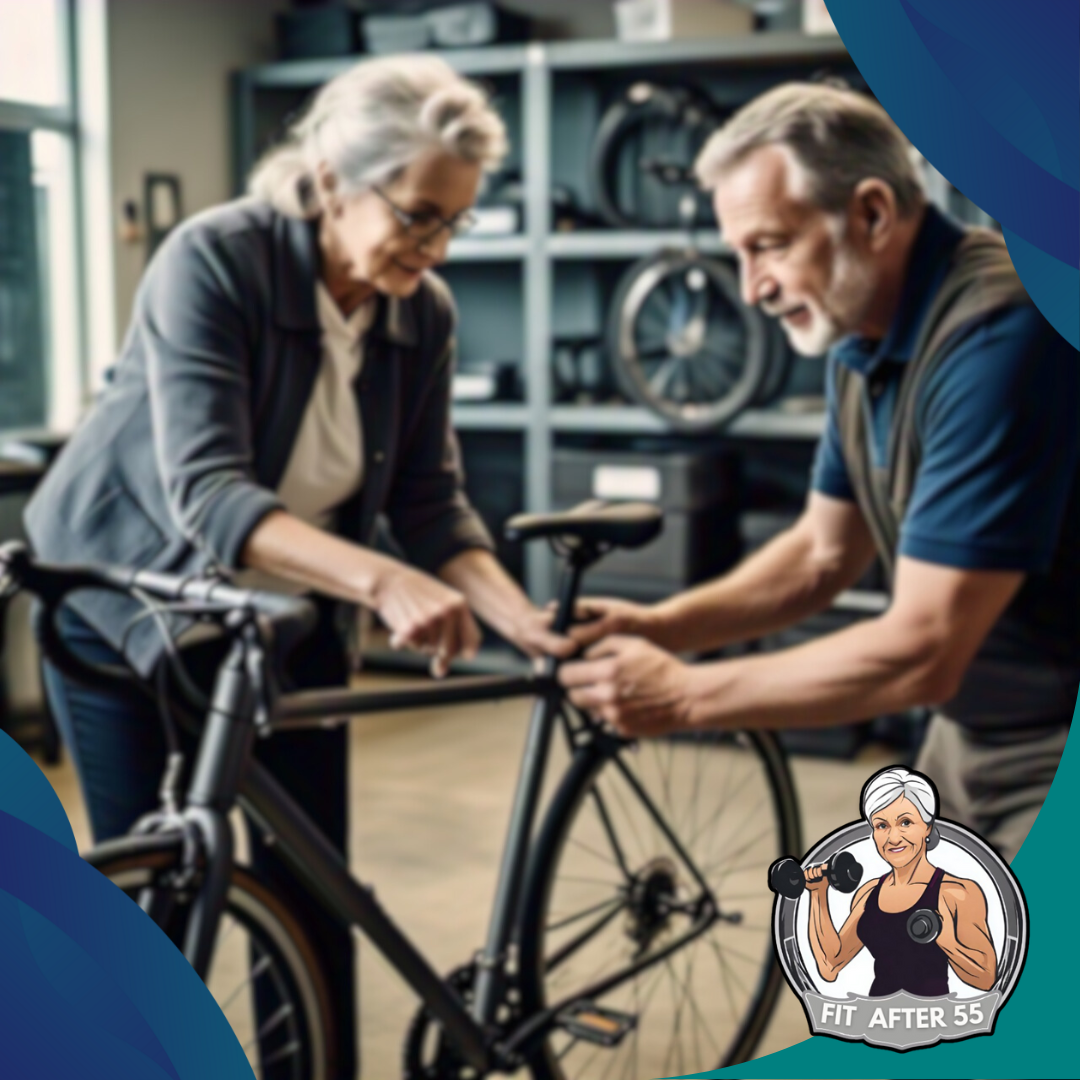
Frequently Asked Questions

Cycling can be a great activity for people with osteoarthritis. Here are some common questions about how to make it work for you.
What modifications can make biking more comfortable for someone with osteoarthritis?
Raise your handlebars to reduce stress on your back and neck. Use a wider, cushioned seat to support your sit bones. Try pedal extenders to decrease knee bend.
Add shock-absorbing gel pads to your handlebars. This cuts down on vibration. Pick flat pedals with a large surface area for better foot support.
Is cycling recommended for people with knee osteoarthritis?
Cycling is often good for knee osteoarthritis. It’s low-impact and builds leg strength. The circular motion helps lubricate your joints.
Start slow and build up gradually. If you feel pain, stop and rest. Talk to your doctor before starting a new exercise plan.
How can I manage osteoarthritis pain while cycling?
Warm up before riding. Start with gentle pedaling. Use heat or ice on sore joints before and after your ride.
Take breaks during longer rides. Change positions often. Don’t push through severe pain. Listen to your body and stop if needed.
What type of bicycle is best for individuals with osteoarthritis?
A comfort or hybrid bike is often best. These have an upright riding position that’s easier on your joints. Look for a step-through frame if you have hip issues.
Electric bikes can help on hills. Recumbent bikes offer back support. Try different styles to see what feels best for you.
How long should I ride my bike if I have osteoarthritis?
Start with short rides of 10-15 minutes. Slowly increase your time as you get stronger. Aim for 30-60 minutes, 3-5 times a week.
Break longer rides into smaller chunks. Take rest days between rides to let your joints recover.
Are there specific cycling exercises that benefit osteoarthritis patients?
Gentle spinning in an easy gear can help warm up your joints. Try pedaling backward to work different muscles.
Do seated leg lifts while stopped to build strength.
Practice getting on and off your bike smoothly. This improves balance and flexibility. Always move slowly and carefully to avoid strain.
Join the Fit-After-55 Community!
Looking for more ways to manage osteoarthritis and stay active? Discover expert insights, helpful tips, and a supportive community. Check out the links below to connect with us:
| Explore More | Join the Conversation |
|---|---|
| Official Site – Fit After 55 | Facebook Community |
At Fit After 55, we’re all about supporting your fitness journey, whether you’re managing osteoarthritis or simply staying active in your golden years. Come for the advice, stay for the encouragement!

